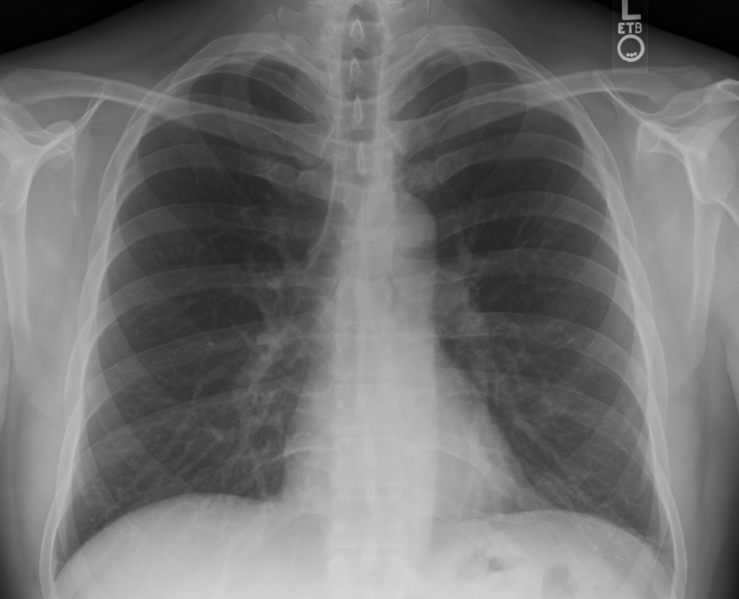FEV1 Lung Function Test
What is the FEV1 lung function test?
The FEV1 (or forced expiratory volume-one second) measures the volume of air, in litres, exhaled during the first second of a forceful exhalation. It is part of the battery of respiartory function tests.
A low FEV1 is associated with obstructive lung diseases such as asthma and chronic obstructive pulmonary disease.
When would you need a FEV1 test?
A FEV1 test may be requested by your doctor for symptoms such as shortness of breath (dyspnoea), cough or wheezing.
How is the FEV1 test performed?
FEV1 tests involve breathing into a mouthpiece, which is connected to a small machine via some tubing.
You will be required to breathe in and out as deeply as possible, and then as fast and as forcefully as possible.
The FEV1 test may make you feel temporarily short of breath, but is otherwise harmless.
More sophisticated testing such as gas transfer tests require the patient to breathe into a closed system, via a tight-fitting face mask.
Book your health appointments online
Find and instantly book your next health appointment with Healthengine
FEV1 test results explained
FEV1 tests usually aim to distinguish between obstructive lung diseases such as asthma, emphysema and chronic bronchitis, versus restrictive lung diseases such as pulmonary fibrosis.
The FEV1/FVC (forced vital capacity) ratio is decreased in obstructive lung disease, and usually increased in restrictive patterns of lung disease.
Related specialists
- Respiratory Physician
- General Practitioner (GP)
- General Physician
- Anaesthetist
- Occupational Health Physician
- Rheumatologist
Related procedures
- Bronchoscopy
Related tests
- Respiratory Function Tests
- Peak Expiratory Flow Rate (PEFR)
- Chest X-Ray (CXR)
- CT Scan of the Chest
- Bronchoscopy
Also known as
- FEV (Forced Expiartory Volume)
Links
A: Use HealthEngine to find and book your next GP appointment. Click on the following locations to find a GP clinic in your state or territory.
This article is for informational purposes only and should not be taken as medical advice. If in doubt, HealthEngine recommends consulting with a registered health practitioner.
All content and media on the HealthEngine Blog is created and published online for informational purposes only. It is not intended to be a substitute for professional medical advice and should not be relied on as health or personal advice. Always seek the guidance of your doctor or other qualified health professional with any questions you may have regarding your health or a medical condition. Never disregard the advice of a medical professional, or delay in seeking it because of something you have read on this Website. If you think you may have a medical emergency, call your doctor, go to the nearest hospital emergency department, or call the emergency services immediately.








